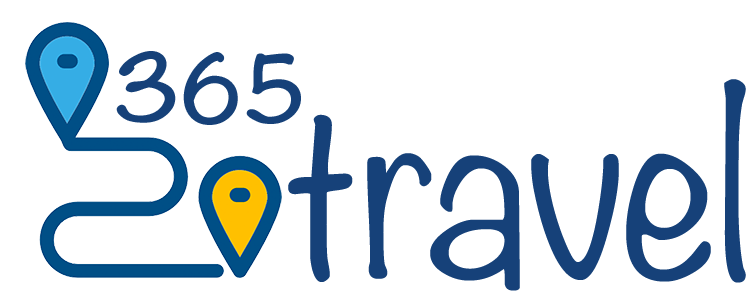Learning a language is no longer just about books and classes; learning a language has gone digital. Now you can learn how to speak, read, and write like a pro while you’re on the subway home from work, at the gym, or lazing about the house so long as you have the right language learning app to help you. There are language learning apps for travel, but there are others which really help you dig in deep. It’s important to choose your language learning app according to your needs. Before you download an app, you might want to use a language level test to help you know where to start.

- Language Learning Appsjenny downing / Foter / CC BY
Once you do that, what are some of the best language learning apps on iOS and Android? In no particular order, here are 10 of our favourite language learning apps:
1. Duolingo
A free language app that is almost as good as a paid one! What more can you ask for? Use Duolingo to increase vocabulary and learn grammar. Languages offered on iPhone App: German, French, Spanish, & Portuguese.
2. LingQ
The free version offers very little, but once you pay the membership fee (around $10/month) you’ll have access to a lot more. Languages Offered: Chinese, English, French, German, Italian, Russian, Japanese, Korean, Portuguese, Spanish, and Swedish. Ten more languages to be launched soon.
3. Babbel
Babbel is a well-known language tool that costs around $10/month. The first few lessons will really prepare you conversationally, as it gives less focus on reading and writing. Babbel offers a myriad of European languages that other language-learning tools don’t offer, but as far as Asian languages go, as of now, it only offers Indonesian.
4. Rosetta Stone
Having first started out in the book/ Cd-Rom industry, Rosetta Stone is a benchmark in the language learning industry that’s now accessible on digital platforms. Although one of the best language learning platforms, it’s still the most expensive. You’ll pay upwards of $200 a year to use Rosetta Stone.
5. Busuu
Busuu offers thematic vocabulary, written corrections, and chats with native speakers. These things combined with its wide range of languages available, make Busuu a great choice for a language learner.
5. MindSnacks
Who doesn’t want to have fun while they learn a language? MindSnacks changes things up a bit by gamifying the language learning process. These are great for beginners but it’s not all that beneficial for advanced language learners.
6. Now You’re Fluent
This is a helpful app for Spanish speakers who already know the basics and, as the name implies, want to become fluent. Unfortunately, currently only comes on iOS. Tough luck, Android users.
7. Speeq Apps
Linnova offers a bunch of different apps as a supplement to your language course, using classic memorization techniques. Speeq apps aren’t only for Native English speakers learning another language; they have Spanish & Polish apps for German speakers.
8. Voxy
This is a really well-built app, but unfortunately it only offers to teach English. And well, if you’re reading this review, you probably don’t need it. Hopefully in the future they’ll expand with courses in different languages.
9. EasyTalk
App company Fasoft LTD offers a wide range of apps under their “EasyTalk” series. Apps are for English or European language speakers. Some apps are free while others cost a minimal one-time fee.
10. Fluent Forever
Still under development, Fluent Forever recently raised a cool $96,000 to launch its pronunciation-based language learning tool. This tool claims to really help language learners learn correct pronunciation, which will in turn help to improve memorization. We’re hopeful that Fluent Forever will hit the markets within the next six months.
Andrea Pryak is a writer and regular contributor to Language Trainers UK.


